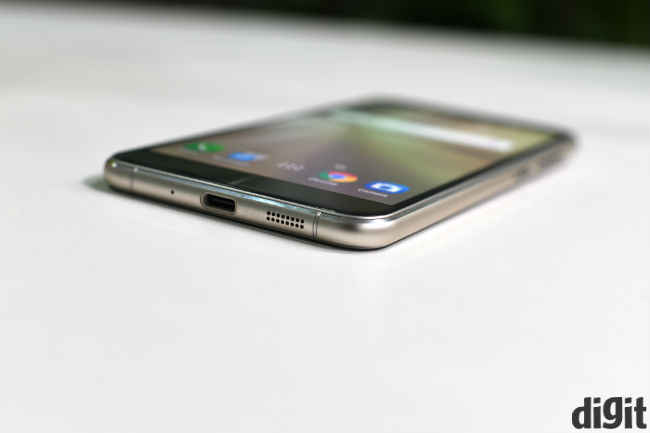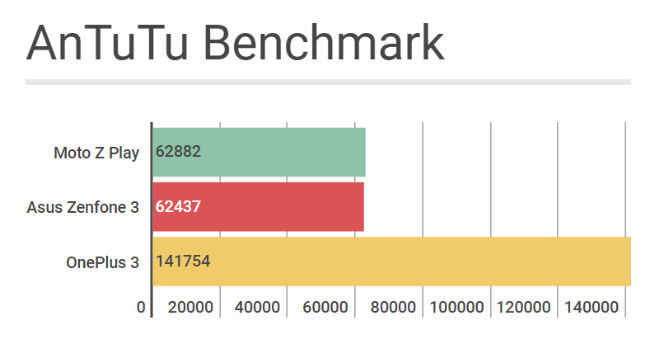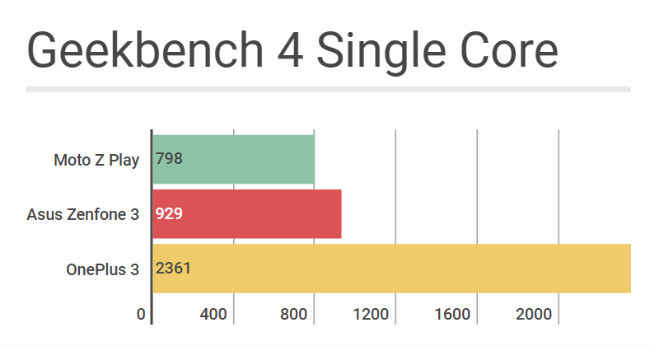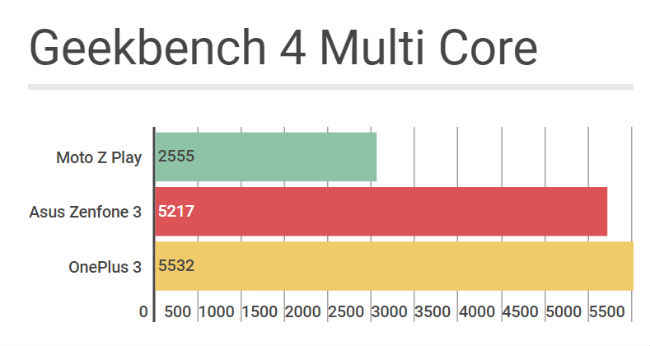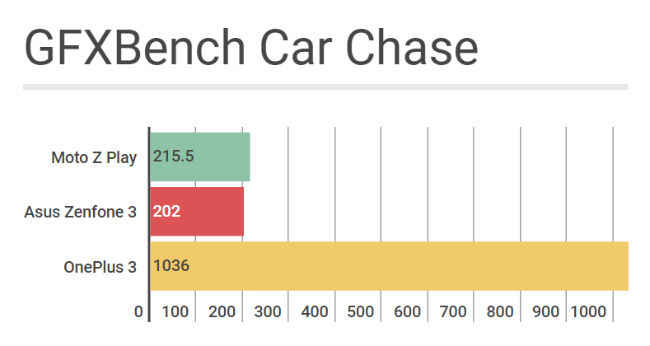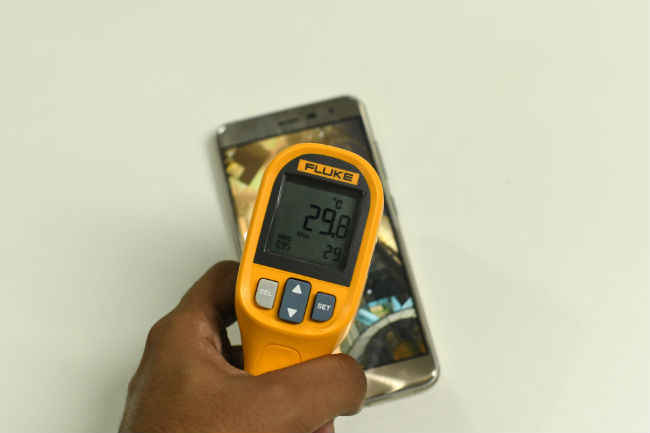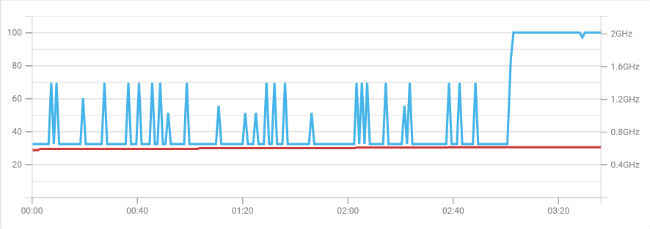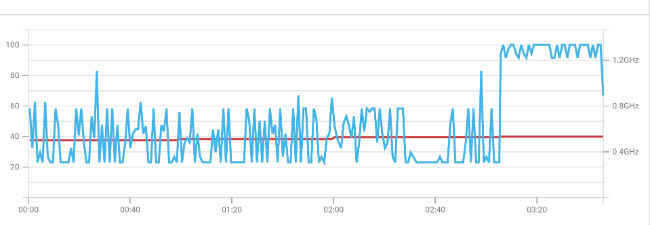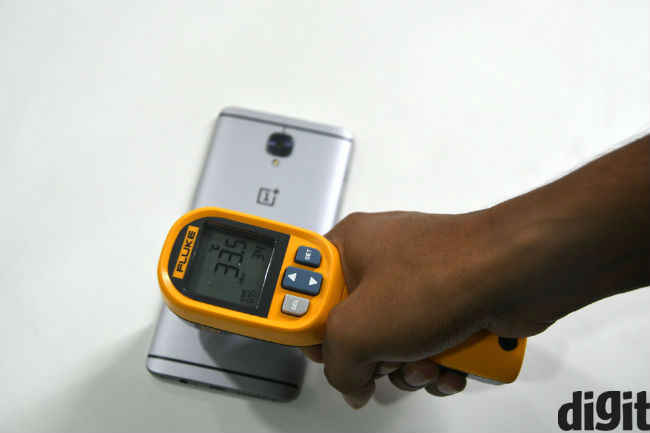Snapdragon 625 vs Snapdragon 820: Moto Z Play vs Asus Zenfone 3 vs OnePlus 3
Does the Snapdragon 625's battery and heat efficiency justify loss of raw power? This is a test to find exactly how much the difference is.
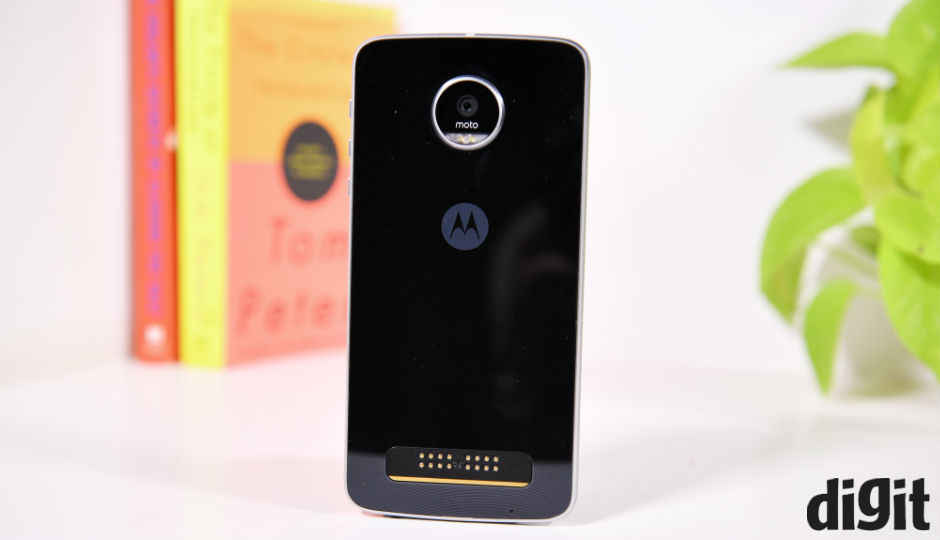
After a disastrous 2015, Qualcomm took the bull by the horns this year with its new SoCs. The Snapdragon 650 and 652 SoCs led the charge, while the Snapdragon 820 undid all the harm that last year’s flagship SoC, the Snapdragon 810, had done. But, not all of Qualcomm’s work this year has been impressive. We’re talking about the Snapdragon 625, in this case.
 Survey
SurveyThe Snapdragon 625 SoC is built on the 14nm process, and aims to generate the best possible battery life. However, in our experience, the SoC seems to do this by compromising on speed, and that, in our opinion, isn’t the ideal solution. While the Snapdragon 625 is indeed a good upgrade to the 615, it doesn’t compare to the Snapdragon 820.
That is a problem for phones like Moto Z Play and Asus ZenFone 3. You see, these devices cost about 25k, where the consumer’s expectations are really high these days. With phones like the OnePlus 3 and Xiaomi Mi 5 around, it’s difficult to justify the compromise in speed for battery performance. We intend to demonstrate the same, with this comparison.
The Asus Zenfone 3 (above) and Moto Z Play employ Snapdragon 625 SoCs
Performance
Smartphone performance ideally include the camera, battery and other aspects, but for this comparison, we have considered only the speed. To do this, one has to first start with regular benchmarks, running simulated tests on all these devices.
AnTuTu shows almost 55% lower performance scores
The Geekbench tests are also similar, with 50% drop in scores
The difference between the OnePlus 3 and the other two is even more on graphics performance
Remember, the OnePlus 3 and Xiaomi Mi 5 are expected to be faster here, but we found that the Moto Z Play and Asus Zenfone 3 are almost 50% slower than the OnePlus 3. The difference is even higher in case of graphics performance.
This is represented in real world performance, too. The OnePlus 3 is snappy, renders HD graphics at 60fps, and there are no discernible frame skips while switching apps, or pushing them to the background.
Things get really interesting when looking at the Moto Z Play and Asus Zenfone 3 parallely. While both the devices run on the same SoC, are clocked at up to 2GHz, have 3GB RAM (we chose the 3GB variant of the Zenfone 3) and have 5.5-inch FHD displays, the Zenfone 3 is visibly slower than the Moto Z Play.
In terms of real world performance, the Moto Z Play is faster, shows lesser stutters and frame skips, and can even render higher frame rates on games at times. That shows you how much a difference that a company’s user interface can make in performance. The differences between the Zenfone 3 and Moto Z Play may not appear on benchmarks, but using them side-by-side easily reveals the faster device.
The Asus Zenfone 3 never really heats up, and neither does the Moto Z Play
Heat
The Snapdragon 625 is incredibly power efficient, improving heat and battery efficiency over its predecessors. Hence, neither the Moto Z Play and nor the Asus ZenFone 3 see temperature readings rise beyond 39 degree Celsius on gaming or video recording. In an air-conditioned room, the temperature doesn’t rise beyond 30 degrees on the ZenFone 3 after 15 minutes of gaming, while the Moto Z Play reaches 35-36 degrees in about the same time.
Heat (Red) vs CPU Clock (Blue) on the Moto Z Play
Heat (Red) vs CPU Clock (Blue) on the Asus Zenfone 3
Heat (Red) vs CPU Clock (Blue) on the OnePlus 3
Interestingly, the OnePlus 3, with its much faster processor, still remains below 40 degrees after 15 minutes of gaming. We played the same game on all the phones for exactly 15 minutes each, and under exact surroundings, to simulate identical conditions. We recorded maximum readings of 39.3 degrees on the OnePlus 3. However, on putting more stress, the OnePlus 3 did reach the 44.3 degree mark, whereas neither the Zenfone 3 nor the Moto Z Play showed such results.
The sheer raw power drives up the temperature on the OnePlus 3, but nothing that can be termed abnormal
Here's an example of the stress we put on the OnePlus 3.
Bottomline
The Snapdragon 625 SoC is obviously slower, making the Moto Z Play and the Asus ZenFone 3 much slower than the OnePlus 3. The reason we find this tough to swallow is because the OnePlus 3 delivers almost 50% faster performance at similar prices, without heating up abnormally or majorly compromising battery life.
While it is true that the Asus and Moto devices can run for almost a day and a half on a single charge, we do not think that half a day’s battery life justifies the difference in performance. In fact, the OnePlus 3 still delivers a full day’s worth of battery life, and has a camera that tops this price segment. That, in essence, makes the OnePlus 3 the best smartphone in this price segment.
Buy Moto Z play at Rs. 24999 on Flipkart
Buy Oneplus 3 at Rs.27999 on Amazon
Buy Asus Zenfone 3 at Rs.21289 on Amazon
